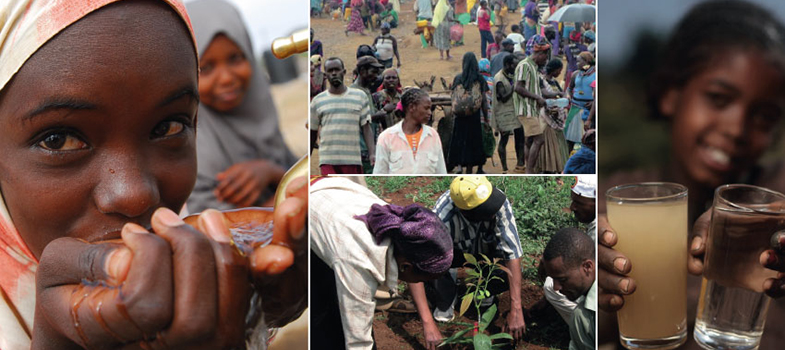12.2.4 Catchment management
In the past, responsibility for management of water resources has often been divided among several different agencies or administrative departments. For example, responsibility for providing water supply for domestic users would be entirely separate from water for irrigation, even though they would both be using the same resource. This lack of coordination creates problems because it does not recognise the processes and connections of the water cycle or the links between the various parts of the water resource system.
To overcome this problem, the natural boundaries of the water catchment should be recognised. The catchment area, also known as the watershed, of a river is the total area of surrounding land that slopes towards the river. Rainwater that falls in a catchment flows into the river and is therefore affected by the type of land over which it flows. Water can be contaminated by pollution sources in the catchment even though they may be some distance away. Adopting an integrated catchment management approachmeans that these connections are take into account. Integrated catchment management involves both water use and land use within the catchment area. It recognises the connections between water quality and water quantity and those between surface water and groundwater. Importantly, the needs of the environment are also taken into account. This integrated approach can improve resilience because understanding the connections within a system helps managers to predict impacts and identify strategies for coping with change.
12.2.3 Recycling water
